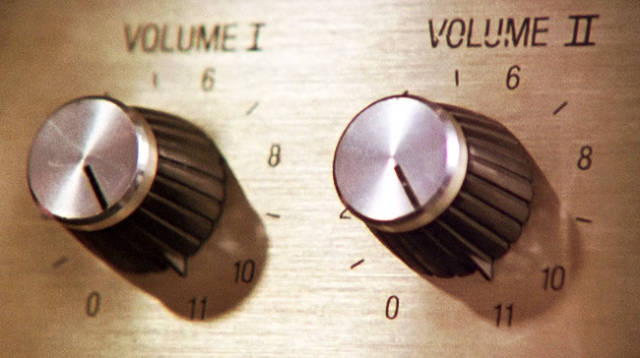- Joined
- Aug 20, 2006
- Messages
- 13,000
This is relevant for those of you with newer displays that can handle high dynamic range content. Only Marco Polo is getting it for now, but Daredevil is reportedly getting it next.
Earlier this year, Netflix said its near-future plans focused on HDR streaming and creating more original content. And now, according to multiple reports, Netflix has quietly rolled out support for high-dynamic range video. Although it hasn't made an official announcement, an executive at the company confirmed the feature earlier today. "We are indeed live with HDR. It works with compatible TVs, both in HDR10 and Dolby Vision," Yann Lafargue, Netflix's manager of corporate communications said to FlatpanelsHD.
Earlier this year, Netflix said its near-future plans focused on HDR streaming and creating more original content. And now, according to multiple reports, Netflix has quietly rolled out support for high-dynamic range video. Although it hasn't made an official announcement, an executive at the company confirmed the feature earlier today. "We are indeed live with HDR. It works with compatible TVs, both in HDR10 and Dolby Vision," Yann Lafargue, Netflix's manager of corporate communications said to FlatpanelsHD.
![[H]ard|Forum](/styles/hardforum/xenforo/logo_dark.png)



